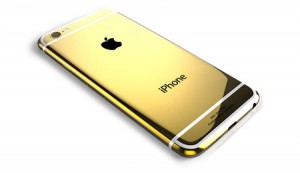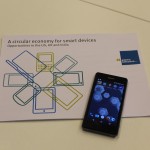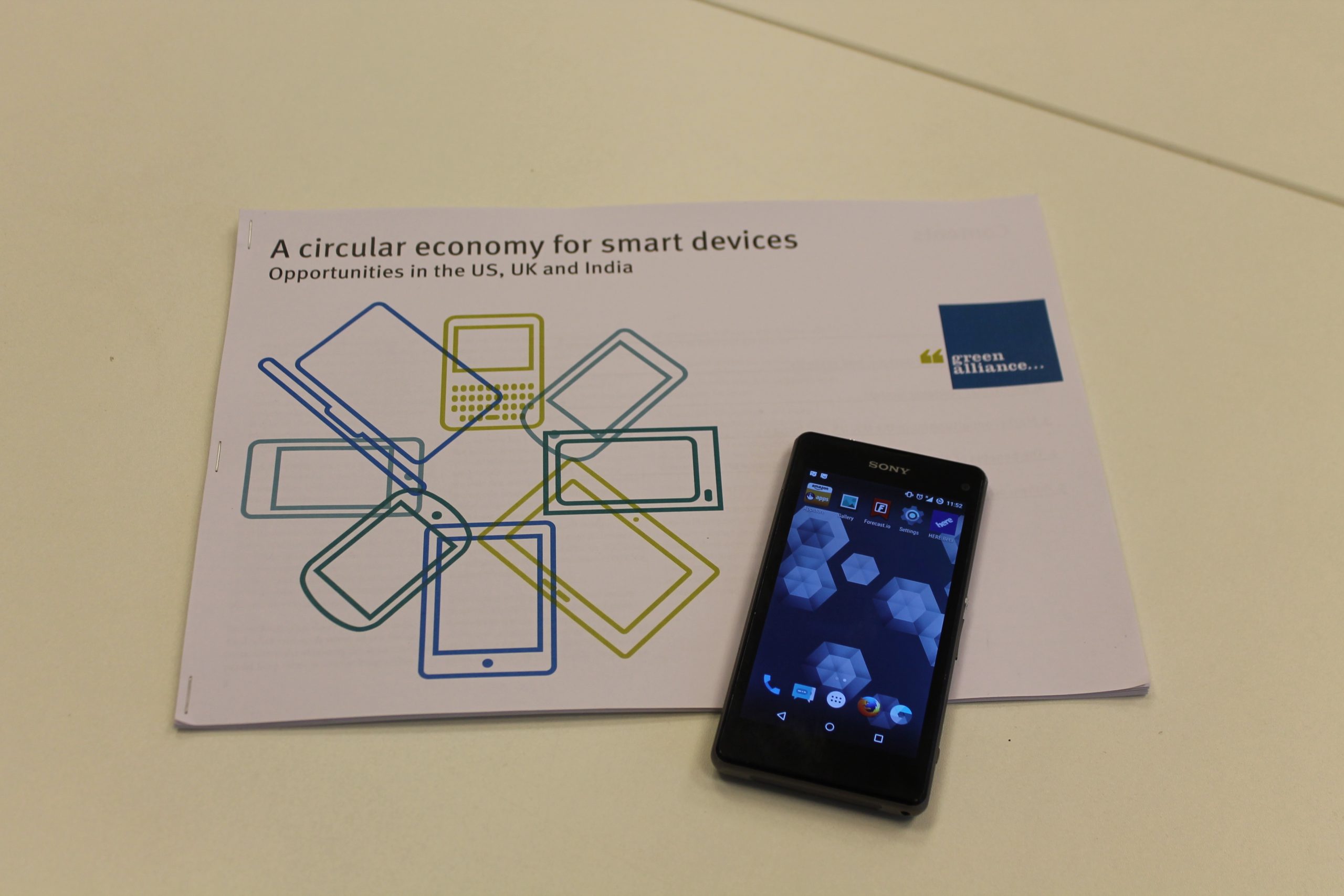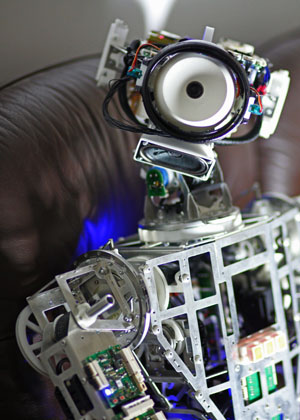Smartphones are the new jewellery. But the more lovely they become, the shorter their life. Can tech ever combine form and function…?
 You can now pay up to $35,000 for a gold-plated phone with a sapphire screen (pictured). The latest Samsung S6 and S6 Edge drew gasps of delight at its unveiling at the Mobile World Congress 2015 in Barcelona. But the device actually marks a backward step for Samsung, according to technology pundit Will Findlater. He told the PassW0rd show on Resonance FM that Samsung have sacrificed functionality for the sake of design, by creating an ultra-thin handset with a battery that cannot be removed…
You can now pay up to $35,000 for a gold-plated phone with a sapphire screen (pictured). The latest Samsung S6 and S6 Edge drew gasps of delight at its unveiling at the Mobile World Congress 2015 in Barcelona. But the device actually marks a backward step for Samsung, according to technology pundit Will Findlater. He told the PassW0rd show on Resonance FM that Samsung have sacrificed functionality for the sake of design, by creating an ultra-thin handset with a battery that cannot be removed…
Butterfly
Repairability is the key to longer life for smartphones, as for any other technology. At London’s Green Alliance think tank, Dustin Benton has published an in-depth study of device longevity in the USA, UK and India. The average lifespan of a smartphone in the UK and USA is the same as that of a butterfly – eighteen to twenty months. In India owners keep the same smartphone for around two years, whereas across Europe it is estimated that 100 million smartphones become obsolete every year.
Cloud

The research study shows that by making the device last for one more year before replacing it, you cut its carbon emissions by 30%. Benton suggests that smartphone manufacturers should learn from hackers, the Open Source movement and Linux and make it possible to strip out unwanted functions so that the device runs faster for longer. Using the Cloud and data-light operating systems such as Opera Mini will help. It can even overcome poor connectivity, claims Benton: “ If you are out in the English countryside with a 2G signal that feels like you’re back in the 1980s you can still open a web page and do something useful” he says.
As an example, report cites the case of the the iPhone 3GS, an old model. It had a glass front that was separate from the digitiser, the LCD that supplies the images. If the glass smashed it could be repaired in about 15 minutes for around £20. By comparison a newer model the HTC1 has glass that is fused to the digitiser and a design that is not suited for easy repair. So it will take about 90 minutes to repair and the screen and glass assembly costs £100. That combination of time and money means that most people probably will not repair them. The LCD (digitiser) is also very high in carbon and cannot be recycled, so the longer it stays in use the better it is for the environment.
Apple
Green Alliance praises O2 – the network provider – and Apple – the manufacturer – for their pro-active attitude to recycling old handsets: O2 reuses the hardware and Apple supplies reconditioned phones from North America to the Indian sub-continent. It predicts that the demand for cheap second-hand devices will grow as the market for new ones reaches saturation, and estimates that in the USA it is already worth $20 billion.
Fairphone
Meanwhile in Amsterdam, Netherlands, a smartphone startup is celebrating success based on sustainability. Fairphone handsets are customisable: the watchword is: ‘If you can’t open it, you don’t own it.’ It is made at a factory in China where the Dutch owners have re-organised working practices so that the people who make their phones have lunch-breaks, better lighting and a workers’ forum supported by a levy on the price of each device sold. That is all is very different from many other Chinese factories: for example at Foxconn in Wuhan eighteen people attempted suicide in 2010 and fourteen actually died, whilst in 2013 workers occupied the factory roof and threatened to throw themselves off in protest at poor working conditions.

Fairphone’s Daria Koreniushkina says: “ So far we can guarantee only that the tin and tantallum in the handset is conflict-free. But we are working all the time to source materials fairly.” The company has also set up a safe mineral recycling scheme, shipping discarded electronic devices from Ghana’s rubbish dumps to a factory in Belgium. In the UK, Fairphone’s reseller is the Phone Co-op, part of the Co-operative Group that runs banks, funeral parlours and supermarkets along ethical lines, with customers treated as members of the company. To make the Fairphone more attractive, The Phone Co-op offers a free £30 pay as you go voucher with each one it sells. And all its tariffs compete hard on price, charging per second rather than per minute. Since Fairphone carries dual SIMs it is possible to own one whilst still completing a contract with another provider – or to add a local SIM to avoid the high cost of roaming charges when travelling abroad.
Wandular
Yet even with all this built-in sustainability, the Fairphone may still not last as long as three years – the lifespan of two butterflies. A device to last a lifetime is now emerging from its development stage and promises to become an heirloom for the twenty-first century: Wandular.

Created for Britain’s Design Museum by Forum for the Future, the Wandular is a circular mobile device that sits in a cute toy for a child, then migrates to a wristband, belt or pendant as the owner grows older but still carries it everywhere.

Forum for the Future’s Sally Uren says it strikes a blow at the culture of throwaway technology :
”You don’t get rid of a Rolex watch after two years – why should your mobile device be any different?”
Now that smart wristwatches are also joining the race to replace the phone and tablet, technologists may soon achieve the impossible: a piece of jewellery unique to its owner and packed with personal data – a butterfly in a glass case that can still fly after fifty years.




